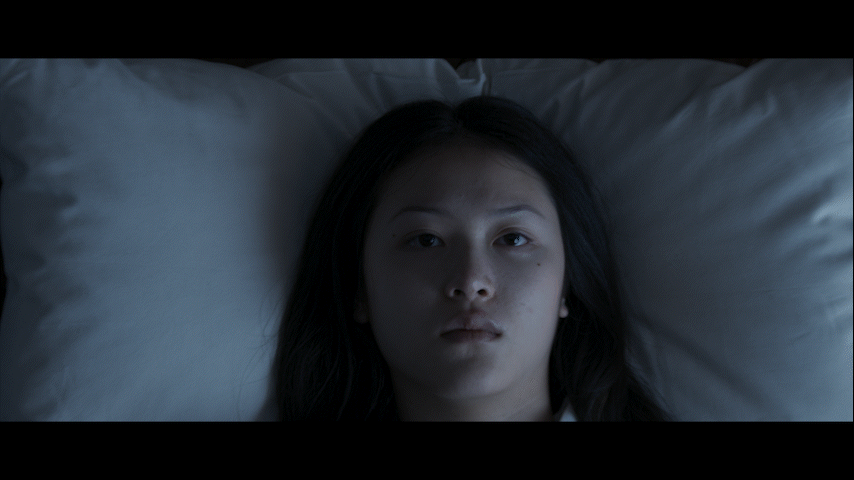- Want a high level overview? Read this blog post
- Want all the details? Read the preprint
- Create and activate the conda environment.
conda env create -f conda_env.yml
conda activate matchcut- Download the embeddings
Embeddings are stored as a 3 GB tar file and can be found here. Download this tar file into this directory.
- Extract
tar -xf embeddings.tar.gz -C data/At this point you should have all the embeddings placed in the data/embeddings folder (expands to 8 GB).
- Run experiment 1
python experiment.py --number 1This command will run 195 combinations of encoders, models, and aggregation functions.
- Run experiment 2
python experiment.py --number 2This command will run 14 combinations of tasks and encoders.
By default, experiment results are stored in the results folder as pickle files. If you want to re-run experiments you need to remove this folder or to set cache = False in config/common.py.
Each experiment takes over a day to complete on a machine with 64 CPU cores and 256 GB of memory. If you are running on a GPU machine you will need 32 GB for experiment 2.
Instead, you can pass --quick to either experiment and only generate the results for a single combination. For example:
python experiment.py --number 1 --quickThis should take less than a minute to complete for experiment 1 and less than 2 hours for experiment 2.
The following 3 files contain the configs that drive the two experiments:
├── matchcut
│ ├── config
│ │ ├── common.py
│ │ ├── experiment1.py
│ │ ├── experiment2.py
You can modify these files to run experiments with different configs.
Take a look at data-exploration.ipynb for example data.
All the data, except for embeddings, is in the data/ folder:
train/validation/test.txt- list of IMDB IDs in each data partition
- each line contains an IMDB ID
dataset-*.jsondataset-frame.jsonanddataset-motion.jsoncontain train, validation, and test partitions for the frame and motion tasks.dataset-random-negatives.jsonis the shared set of randomly selected negative pairs.- the code in
matchcut/data.pywill take care of combining and filtering these files.
shot_indices.jsoncontains a mapping between IMDB IDs and all the shot indices used in this work.shot-time-ranges.csvcontains a mapping from shot indices to time ranges in seconds. This CSV file has four columns:imdb_id,shot_idx,start, andend.shot_idxis the shot index that pairs are associated with andstartandendare the beginning and end of the shot relative to the beginning of the movie in seconds.imdb-title-set.csvIMDB title set withIMDB ID,title,genres,country, andsplit.
See download instructions above.
- format:
{encoder_name}-{imdb_id}.json - each JSON file is a dictionary with shot indices as keys, and the corresponding embeddings (i.e. a vector of floats) as values.
- e.g. if file
clip-tt0050706.jsonstarts with{"0": [0.1, .2, -0.32, ...]}then the CLIP embeddings for shot 0 of IMDB ID tt0050706 is[0.1, .2, -0.32, ...]
You can extract your own embeddings, store in the format described above, and repeat experiments 1 and 2 by changing the config files in matchcut/config.
@article{chen2022match,
title={Match Cutting: Finding Cuts with Smooth Visual Transitions},
author={Chen, Boris and Ziai, Amir and Tucker, Rebecca and Xie, Yuchen},
journal={arXiv preprint arXiv:2210.05766},
year={2022}
}
